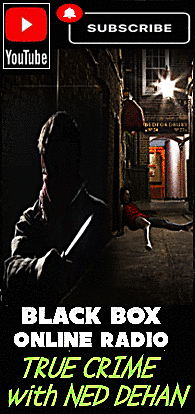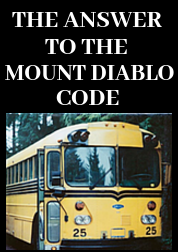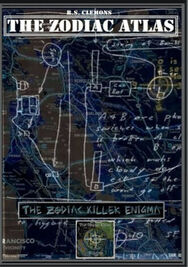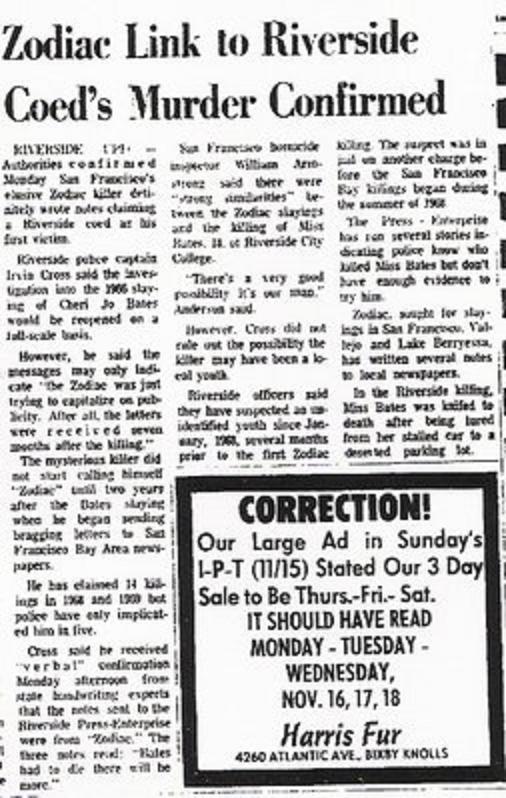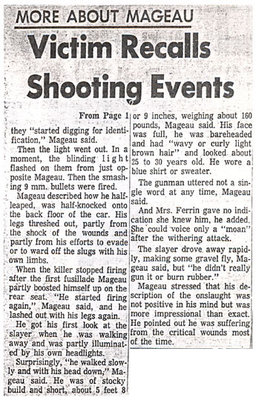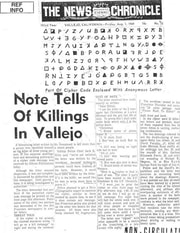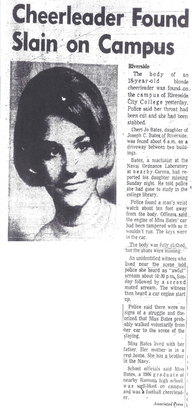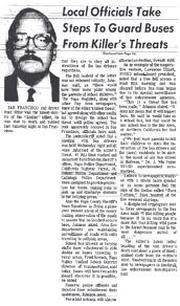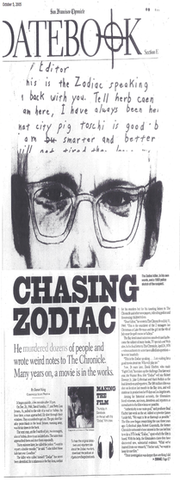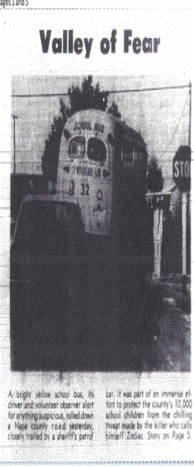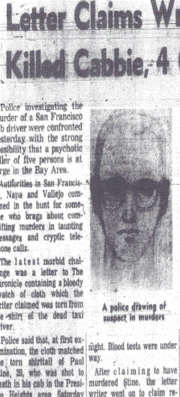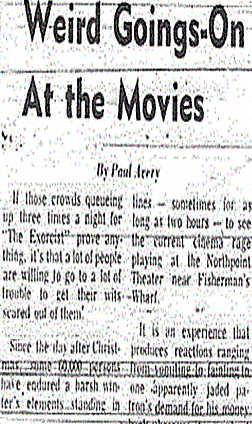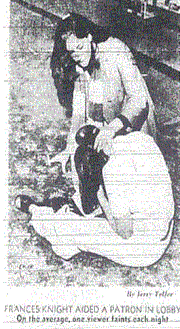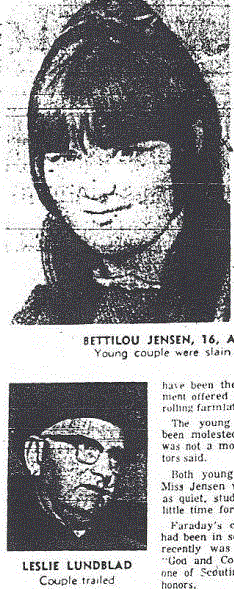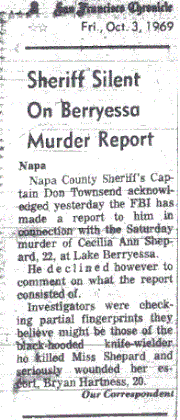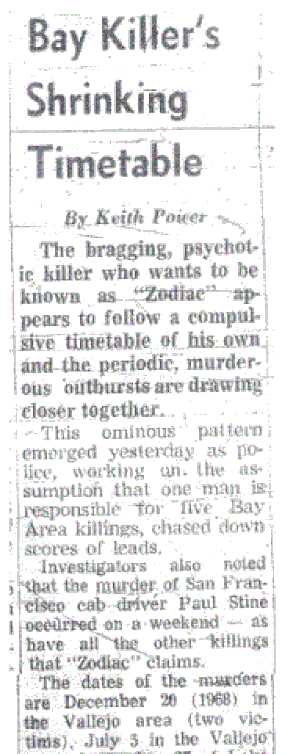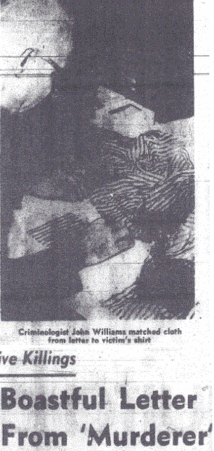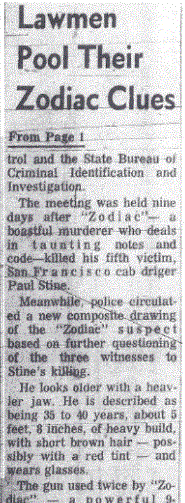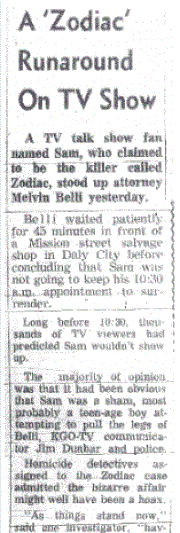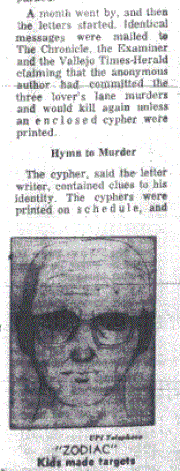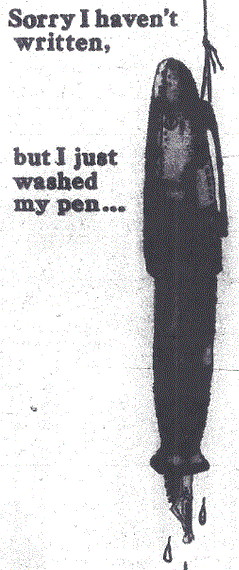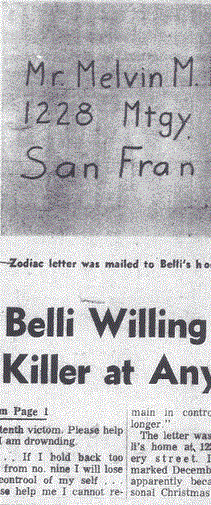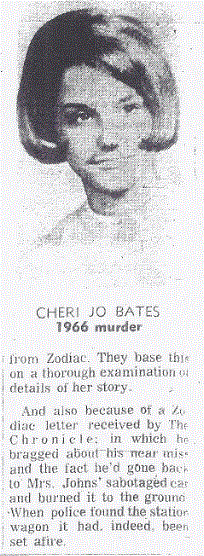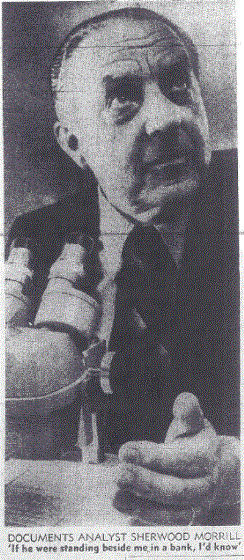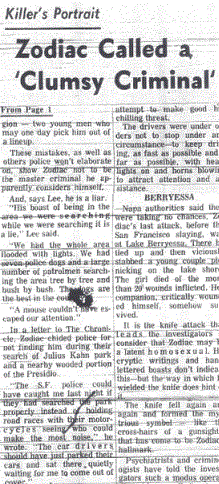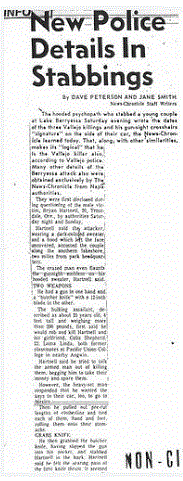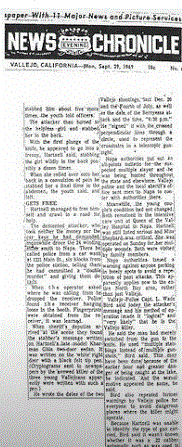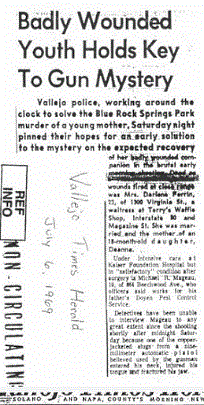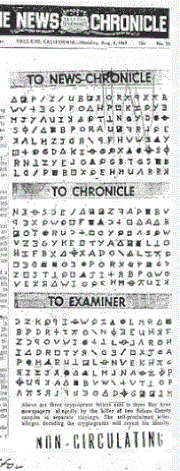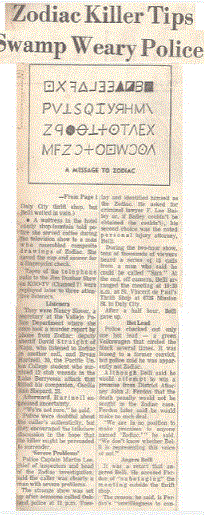In another stroke of luck, Armond Pelissetti had ditched his patrol car at 9:58 pm and had traveled the entire journey in his 'time machine', that defied the laws of physics. He instantaneously landed at the intersection of Washington and Cherry, didn't spot the teenagers on the street, didn't usher them back to their house, didn't check on Paul Stine, didn't retake the suspect description, and didn't get on the radio and update other officers. He bypassed all this, immediately exiting his 'time machine' and headed just slightly less than 4.6 feet a second walking pace up Cherry Street, to meet Donald Fouke in 80 seconds. In fact, after landing his 'time machine' at the intersection of Washington and Cherry instantaneously at 9:58 pm (the moment he received the dispatch), the teenagers pointed Zodiac out to him, just approaching the intersection of Jackson and Cherry.
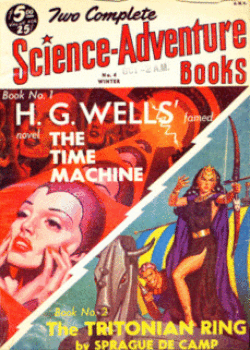
Looking at it another way- if Zodiac had left the crime scene at 9:56 pm, and was spotted by Armond Pelissetti at 9:57 pm at Jackson and Cherry, then Armond Pelissetti had traveled back in time. He received the radio broadcast at 9:58 pm and was at the crime scene a minute earlier at 9:57 pm, with no traveling time.
If Armond Pelissetti had abandoned his 'time machine' and took just one minute to arrive at the crime scene, exit his vehicle and be approached by the teenagers, who pointed out Zodiac nearing the top of Cherry, then the time is 9:59 pm. Unfortunately though, Zodiac had a superior 'time machine', because he was simultaneously spotted by Donald Fouke at the other end of Jackson Street at the identical time of 9:59 pm. A 1 minute 42 second discrepancy, starting the clock from zero.
But hang on- if Pelissetti spotted Zodiac at 9:59 pm, then Zodiac could have arrived at the intersection of Jackson and Maple around 10:01 pm, where he was spotted by Donald Fouke. However, that would mean that Donald Fouke traveling at 35-40 mph, must have taken 3 minutes for a 1 minute journey - or got lost.
This may have been 1969, but Armond Pelissetti was an avid reader of novels such as the 'The Time Machine' by Herbert George Wells. Pelissetti had experimented with many different designs throughout the 1960s, until the summer of 1969, when he perfected the ultimate time traveling machine, stored in his "basement for 'Back to the Future' use". Sitting in his time machine one mile east of the crime scene, he was able to reach Washington and Cherry 1 minute before the radio broadcast, at 9:57 pm. But the Zodiac was one step ahead as usual. In fact, Zodiac had taken "one giant leap for mankind", superseding the achievements of Neil Armstrong three months earlier, by taking one giant step from Jackson and Cherry, to nearing Jackson and Maple in zero seconds.
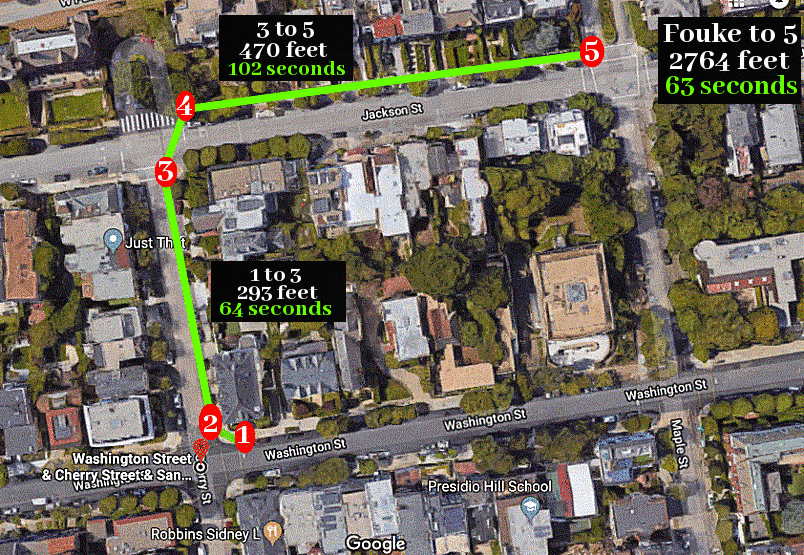




 RSS Feed
RSS Feed
